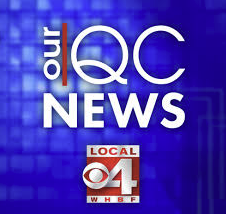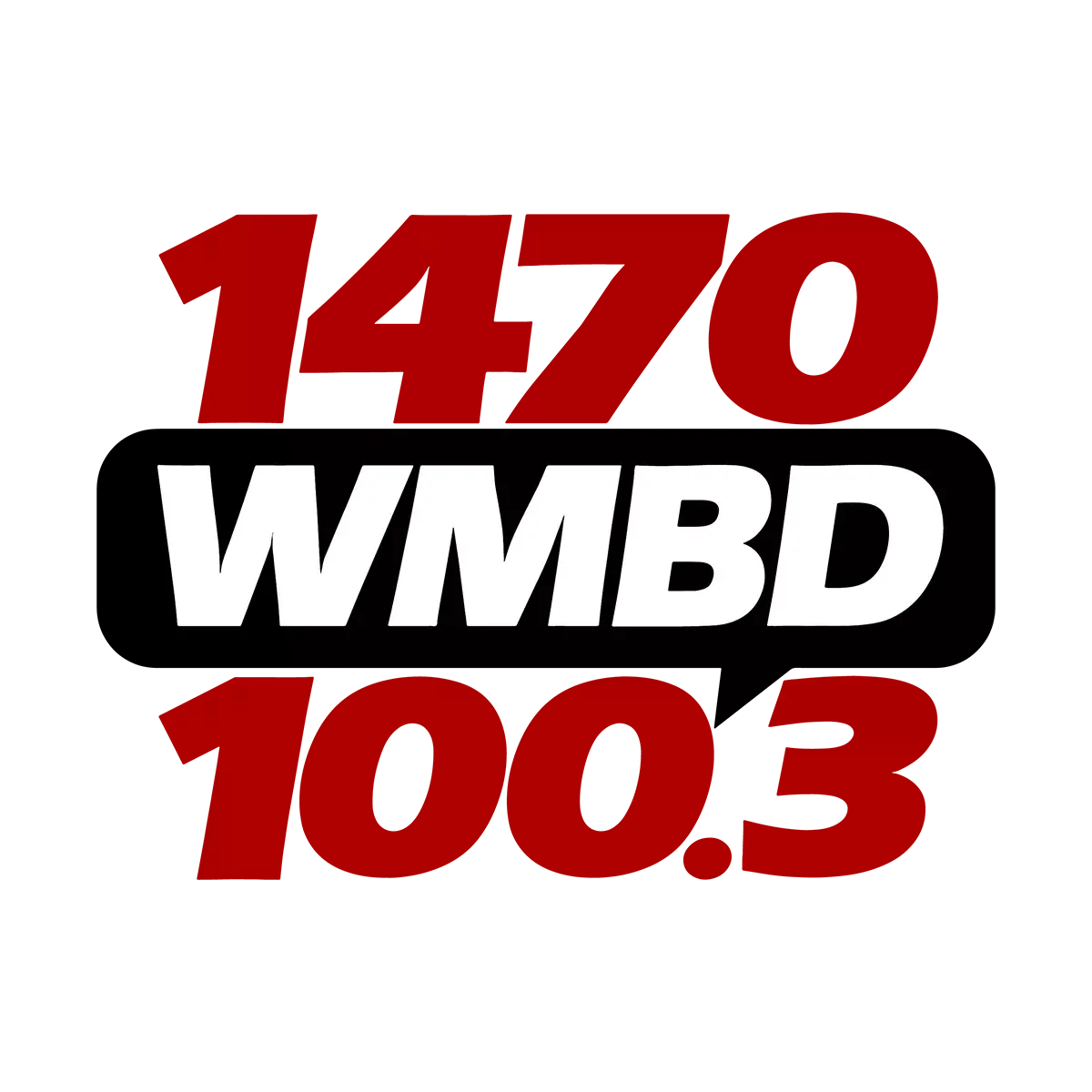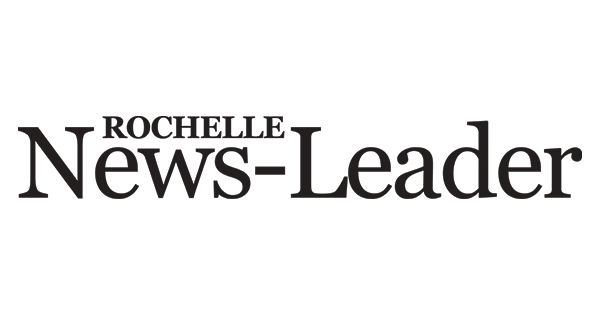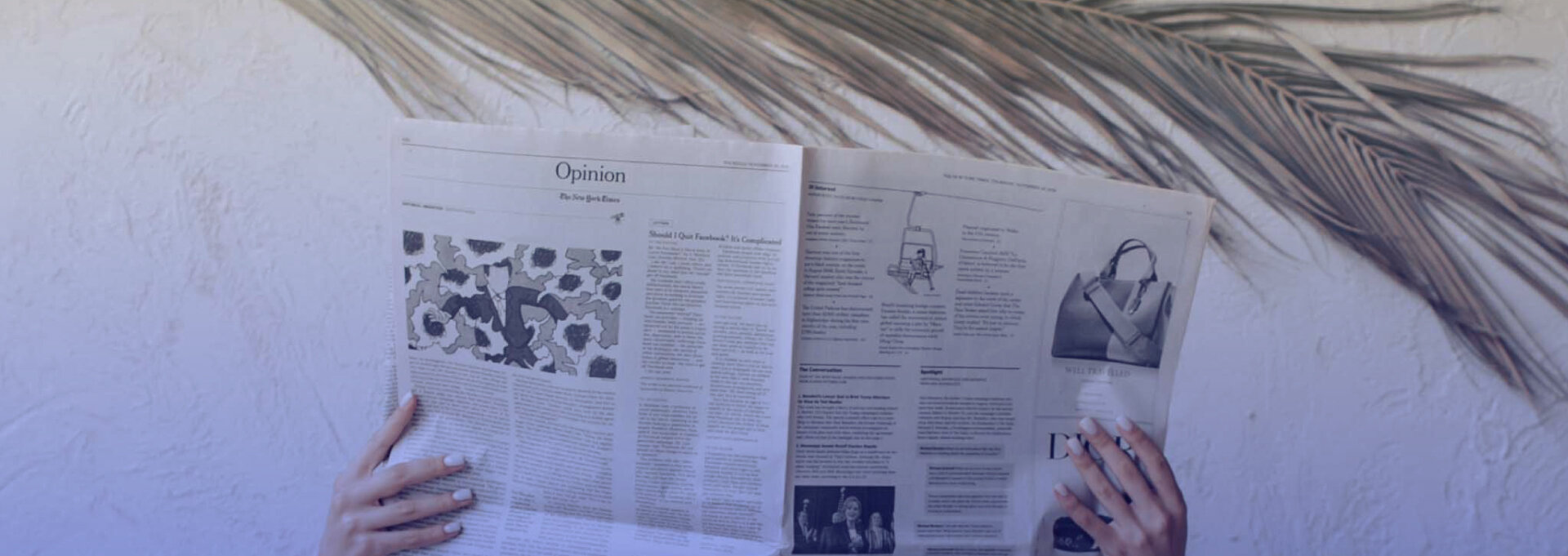
In the News
Advance Illinois serves as a resource for media outlets from across the state and beyond on policy issues in education from birth to career. Here’s our recent coverage.
University students and faculty urged the Illinois Board of Higher Education to press Gov. JB Pritzker to release more than $29 million in funding for state colleges and universities that state lawmakers approved this year but the Pritzker administration is holding back.
As the midway point of the school year draws near, educators across the Quad Cities met for the Advance Illinois ‘The State We’re In 2025’ report.
A new report from Advance Illinois shows schools across the state are still struggling to recover from the impacts of the COVID-19 pandemic.
A comprehensive report card on Illinois public education shows both good news and bad news.
The Student Center CEFCU Commons at Illinois Central College‘s Peoria campus was occupied by around 50 educators, administrators and local officials, all to discuss what Illinois schools are succeeding in, and what they need to improve.
An Illinois non-profit bipartisan advocacy group focusing on education issues is touring the state to discuss its latest review.
Illinois’ high school graduation rate has hit a 15-year high, as students continue to show academic growth above pre-pandemic levels, state officials announced Thursday with the release of the 2025 Illinois Report Card.
On the first standardized test results reported since Illinois changed the scores needed to be deemed proficient, 52% of students met the bar in English and 38% did so in math.
As Peoria Public Schools receive more state funding, some advocates are saying Illinois isn’t properly funding its public schools.
Illinois has climbed from 47th to 18th in state K-12 funding after adopting an evidence-based formula — showing gains despite COVID disruptions, but equity gaps and support-staff shortages remain.
Sustained, Strategic Investment is Critical for the Stability of Our Educator Pipeline
Illinois is making progress in growing its educator workforce, but shortages persist in critical areas. Indeed, the stop gap measures that are being used to fill those vacancies keep the education process moving forward for students but are not a sustainable approach to ensuring quality and equity for the long-term.
